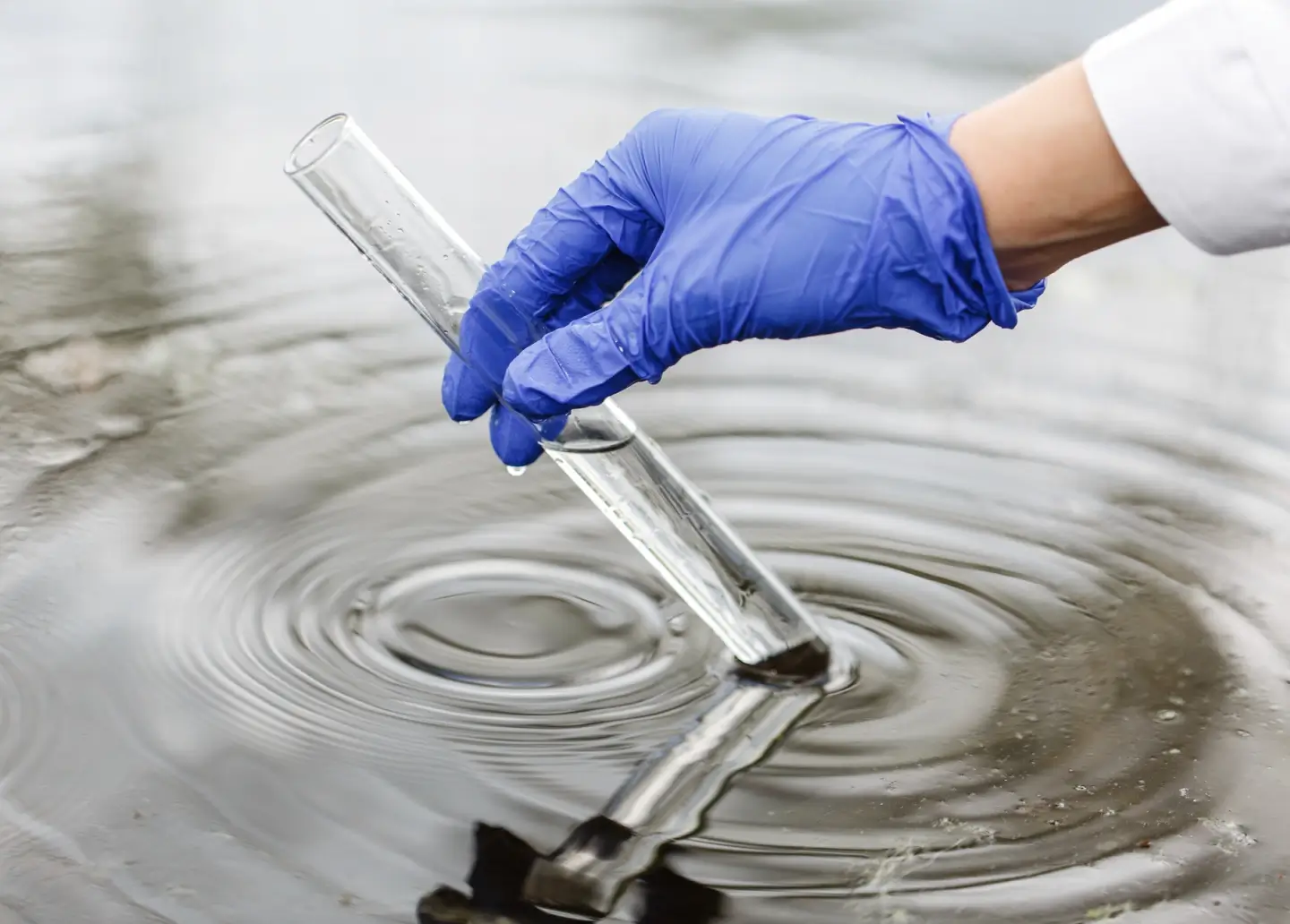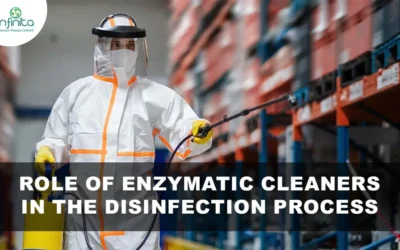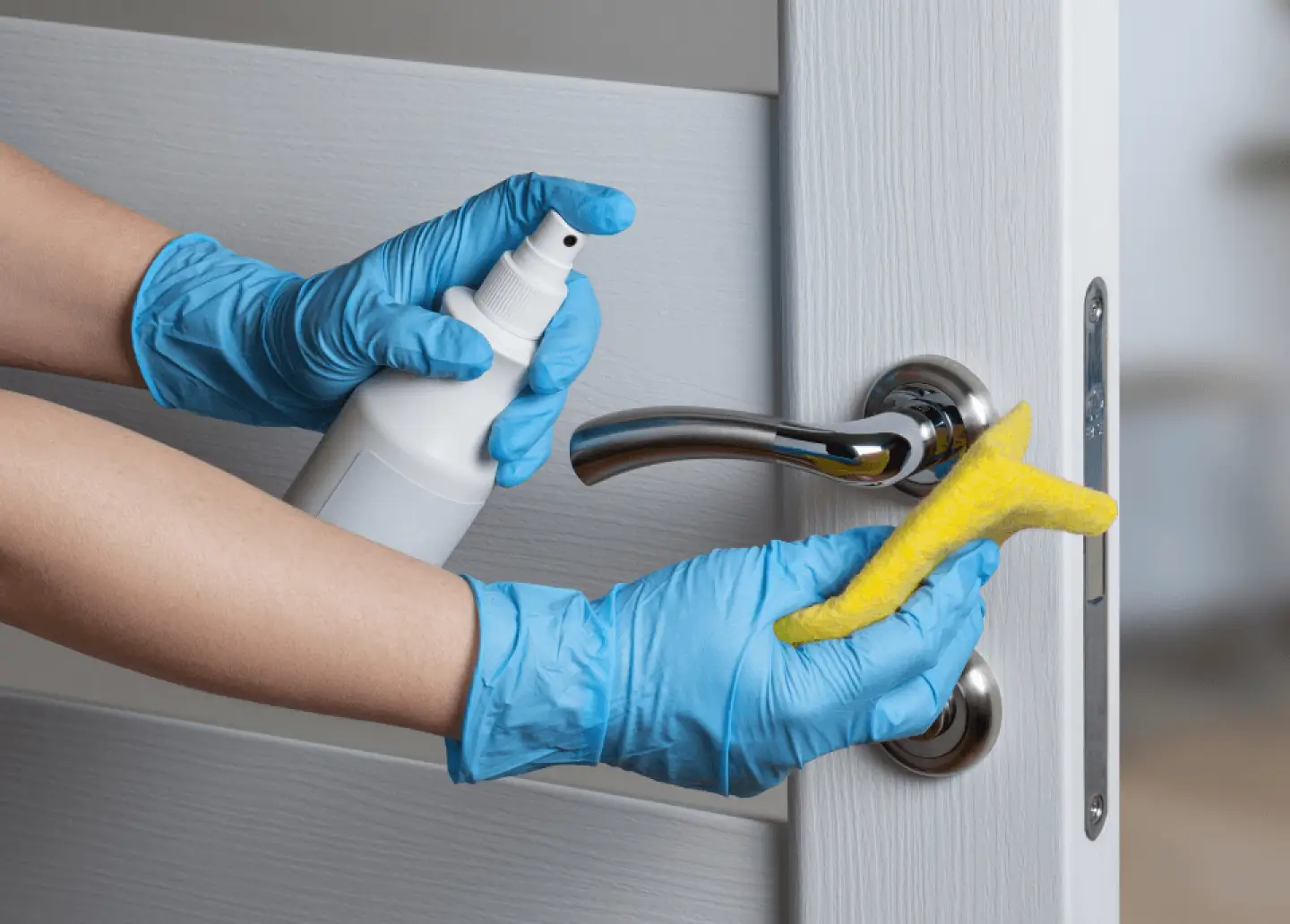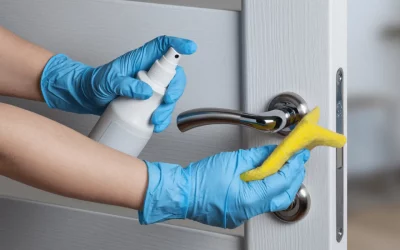Why Is Sodium Hypochlorite Hazardous?
Sodium hypochlorite (NaOCl) is a chemical compound that can be successfully utilized for water refinement. It is utilized on a large scale for surface cleaning, bleaching, odour evacuation and water purification. Sodium hypochlorite has a long history. Around 1785 the Frenchman Berthollet created fluid bleaching specialists dependent on sodium hypochlorite. The Javel organization presented this item and called it ‘liqueur de Javel’. From the outset, it was utilized to bleach cotton. In light of its particular attributes, it before long turned into a famous compound. Hypochlorite can take off stains from garments at room temperature. In France, sodium hypochlorite is as yet known as ‘Eau de Javel’.
Sodium hypochlorite is a clear, marginally yellowish solution with a trademark smell. Sodium hypochlorite has an overall density of is 1.1 (5.5% watery solution). As a bleaching specialist for household use, it ordinarily contains 5% sodium hypochlorite (with a pH of around 11, it is irritating). On the off chance that it is more concentrated, it contains a concentration of 10-15% sodium hypochlorite (with a pH of around 13, it burns and is corrosive). Sodium hypochlorite is unsteady. Chlorine evaporates at a pace of 0.75-gram active chlorine every day from the solution. At that point warmed sodium hypochlorite disintegrates. This additionally happens when sodium hypochlorite interacts with acids, daylight, certain metals and toxic and destructive gasses, including chlorine gas. Sodium hypochlorite is a strong oxidant and responds with combustible compounds and reductors. Sodium hypochlorite arrangement is a weal base that is inflammable. These attributes must be remembered during transport, stockpiling and utilization of sodium hypochlorite. Because of the presence of caustic soda in sodium hypochlorite, the pH of the water is increased.
At the point when sodium hypochlorite breaks down in the water, two substances form, which plays a role in oxidation and purification. These are hypochlorous acid (HOCl) and the less active hypochlorite particle (OCl-). The pH of the water decides how much hypochlorous acid is created. While sodium hypochlorite is utilized, hydrochloric acid (HCl) is utilized to bring down the pH. Sulfuric acid (H2SO4) can be utilized as a substitute for acetic acid. Less hurtful gasses are created when sulfuric acid is utilized. Sulfuric acid s a strong acid that firmly reacts with bases and that is destructive.
Applications of Sodium Hypochlorite:
Sodium hypochlorite is utilized for many things. For instance in horticulture, chemical enterprises, paint-and lime ventures, food businesses, glass enterprises, paper enterprises, pharmaceutical ventures, synthetics businesses and waste removal ventures. In the textile business, sodium hypochlorite is utilized to dye material. It is often added to industrial waste water. This is done to decrease odours. It is likewise used to detoxify cyanide showers in metal enterprises.
Hypochlorite can be utilized to forestall algae and shellfish development in cooling towers. In water treatment, hypochlorite is utilized to sanitize water. In households, hypochlorite is utilized much of the time for the purification and cleansing of the house. Sodium hypochlorite is applied in pools for water sanitization and oxidation. It has a favourable position that microorganisms can’t develop any protection from it. Sodium hypochlorite is successful against Legionella bacteria and bio film, in which Legionella bacteria can duplicate. Hypochlorous acid is delivered by the response of sodium hydroxide with chlorine gas. In water, the supposed ‘active chlorine’ is produced.
How To Disinfect Using Sodium Hypochlorite?
By adding hypochlorite to water, hypochlorous acid (HOCl) is created. Hypochlorous acid is isolated into hydrochloric acid (HCl) and oxygen (O). The oxygen particle is an exceptionally solid oxidator. Sodium hypochlorite is viable against microscopic organisms, bacteria and virus. Sodium hypochlorite sterilizes in a similar fashion as chlorine does.
Advantages And Disadvantages Of Sodium Hypochlorite:
Sodium hypochlorite as a disinfectant has the accompanying advantages:
- It can easily be stored and shipped when it is created on-site. Measurement is basic.
- Transport and capacity of sodium hypochlorite are safe. Sodium hypochlorite is as powerful as chlorine gas for sanitization.
- Sodium hypochlorite creates residual disinfectant.
Disadvantages of sodium hypochlorite are:
- Sodium hypochlorite is a risky and destructive substance. While working with sodium hypochlorite, security measures must be taken to safeguard labourers and the environment.
- Sodium hypochlorite ought not to interact with air since that will make it break down.
- Both sodium hypochlorite and chlorine don’t deactivate Giardia Lambia and Cryptosporidium.
Side Effects Of Sodium Hypochlorite:
There is no limit for sodium hypochlorite exposure. Different health effects happen after introduction to sodium hypochlorite. Individuals are presented to sodium hypochlorite by inhalation of aerosols. This leads to coughing and an irritated throat. Subsequent to gulping sodium hypochlorite the impacts are stomach pain, a burning sensation, coughing, loose bowels, an irritated throat and heaving. It causes redness and pain in eyes and skin. After prolonged exposure, the skin can get sensitive. Sodium hypochlorite is harmful to water based life forms. It is mutagenic and exceptionally poisonous when it interacts with ammonium salts.
Routes of Exposure:
1. Inhalation:
Hypochlorite solutions can free harmful gases, for example, chlorine. Chlorine’s odour or aggravation properties, for the most part, give sufficient admonition of unsafe concentrations. In any case, prolonged, low-level exposures, for example, those that happen in the work environment, can prompt olfactory fatigue and resilience of chlorine’s aggravation impacts. Chlorine is heavier than air and may cause suffocation in ineffectively ventilated, encased, or low-lying regions.
Kids presented to same degrees of gases from grown-ups may get a bigger portion since they have more prominent lung surface area: body weight proportions and higher minute volumes: weight proportions. Kids might be more helpless against destructive operators than grown-ups on account of the littler width of their aviation routes. What’s more, they might be presented to more significant levels than grown-ups in a similar area on account of their short height and the more significant levels of chlorine discovered closer to the ground.
2. Skin/Eye Contact:
Direct contact with hypochlorite solutions, powder, or concentrated fume causes extreme chemical burns, prompting cell demise and ulceration. On account of their generally bigger surface zone: weight proportion, kids are progressively helpless against toxicants affecting the skin.
3. Ingestion:
Ingestion of hypochlorite solutions leads to regurgitating and destructive injury of the gastrointestinal tract. Household bleaches (3 to 6% sodium hypochlorite) generally cause oesophagal irritation, however infrequently cause injuries or genuine injury, for example, puncturing. Industrial bleaching may contain higher concentrations of sodium hypochlorite and are bound to cause genuine injury. Metabolic acidosis is uncommon, however, has been accounted for following the ingestion of household bleach. Pneumonic complications as a result of aspiration may likewise be seen after ingestion.
4. In Swimming Pools:
The concentration of sodium hypochlorite that is found in pools is commonly not unsafe to individuals. When there is an excess of chlorine in the water, this burns the body tissues, which leads to damaging of air tracts, the stomach and the digestive organs, the eyes and the skin. At the point when sodium hypochlorite is utilized in pools, it may cause red eyes sometimes and it radiates a typical chlorine smell. When there is a ton of ureum (a blend of pee and sweat) present, hypochlorous acid and ureum react to produce chloramines. These chloramines disturb mucous films and cause the alleged ‘ chlorine smell’. In most pools, these issues are forestalled by water decontamination and ventilation. Eyes aggravation vanishes after a while.
In conclusion, Hypochlorite powder, solutions, and fumes are irritating and destructive to the eyes, skin, and respiratory tract. Ingestion and skin contact produces injury to any uncovered tissues. Introduction to gases discharged from hypochlorite may cause burning of the eyes, nose, and throat; cough, just as choking and edema of the aviation route and lungs, can happen. Hypochlorite produces tissue injury by liquefaction necrosis. Fundamental toxicity is uncommon, yet metabolic acidosis may happen after ingestion.
To know about eco-friendly Disinfectants please visit Infinita Biotech.






